Description
Vegetable Swiss Chard Magenta Sunset
Vegetable Swiss Chard Magenta Sunset . An attractive and delicious vegetable used much the same as spinach. Plant produces excellent yields of dark green leaves with right magenta stalks and veining. Dark green leaves are slightly rumpled. Easy to grow and high in vitamin content. Equally stunning grown amongst ornamental plants. Approximately 60 days to maturity. Plants grow 6 – 20″ tall. Days to Germination: 7-14 Days To Harvest: 60 Planting Depth: 1/2 inch Spacing, Row: 18-24 inches Spacing, Plant: 8-12 inches Light: Full Sun Swiss Chard does not transplant well and does best if the seeds are planted directly in the soil.
Cultivation advice
- Choose well-drained, nutrient-rich soil with a pH between 6.0 and 7.0.
- Amend the soil with organic compost or well-rotted manure before planting.
- Directly sow Swiss Chard Magenta Sunset seeds or transplant seedlings after the last frost.
- Space plants 12-18 inches apart in rows 18-24 inches apart.
- Provide full to partial sunlight, with at least 4-6 hours of direct sunlight per day for optimal growth.
- Keep the soil consistently moist, providing about 1-1.5 inches of water per week.
- Mulch around plants to retain soil moisture and suppress weeds.
- Apply a balanced, all-purpose fertilizer during planting and periodically throughout the growing season.
- Thin seedlings to maintain proper spacing, ensuring good air circulation and preventing disease.
- Monitor for pests such as aphids or leaf miners.
- Utilize organic pest control methods, such as neem oil or insecticidal soap.
- Watch for signs of diseases like powdery mildew, and treat promptly if observed.
- Begin harvesting outer leaves when they reach 6-8 inches in length.
- Harvest regularly to encourage continuous production, and remove any yellow or damaged leaves.
- Plant Swiss Chard Magenta Sunset near vegetables that complement its growth, such as tomatoes or beans.
- Avoid planting near crops that are susceptible to similar pests or diseases.
- Swiss Chard is often cold-tolerant. Consider leaving some plants in the ground over winter for early spring harvest.

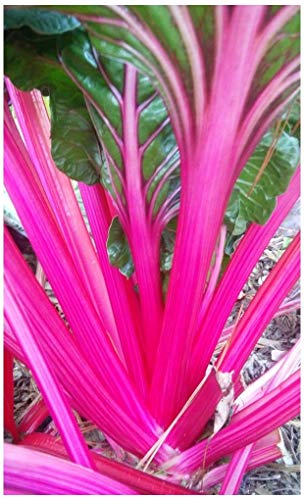

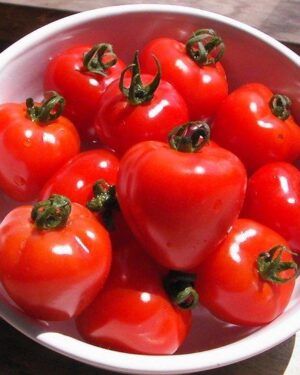
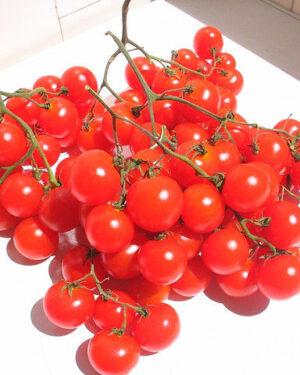
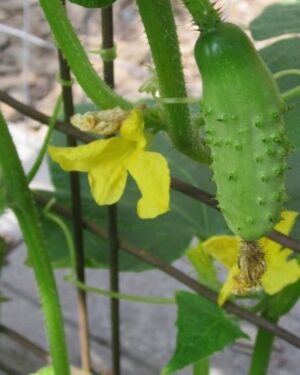
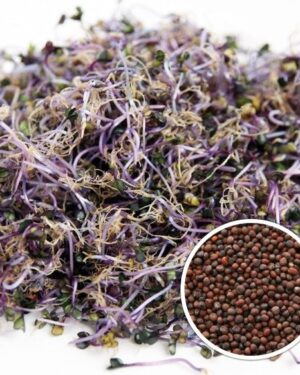
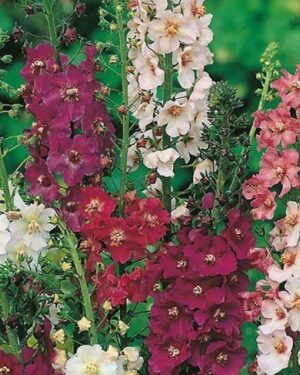
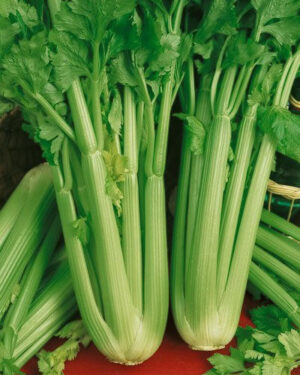
Reviews
There are no reviews yet.